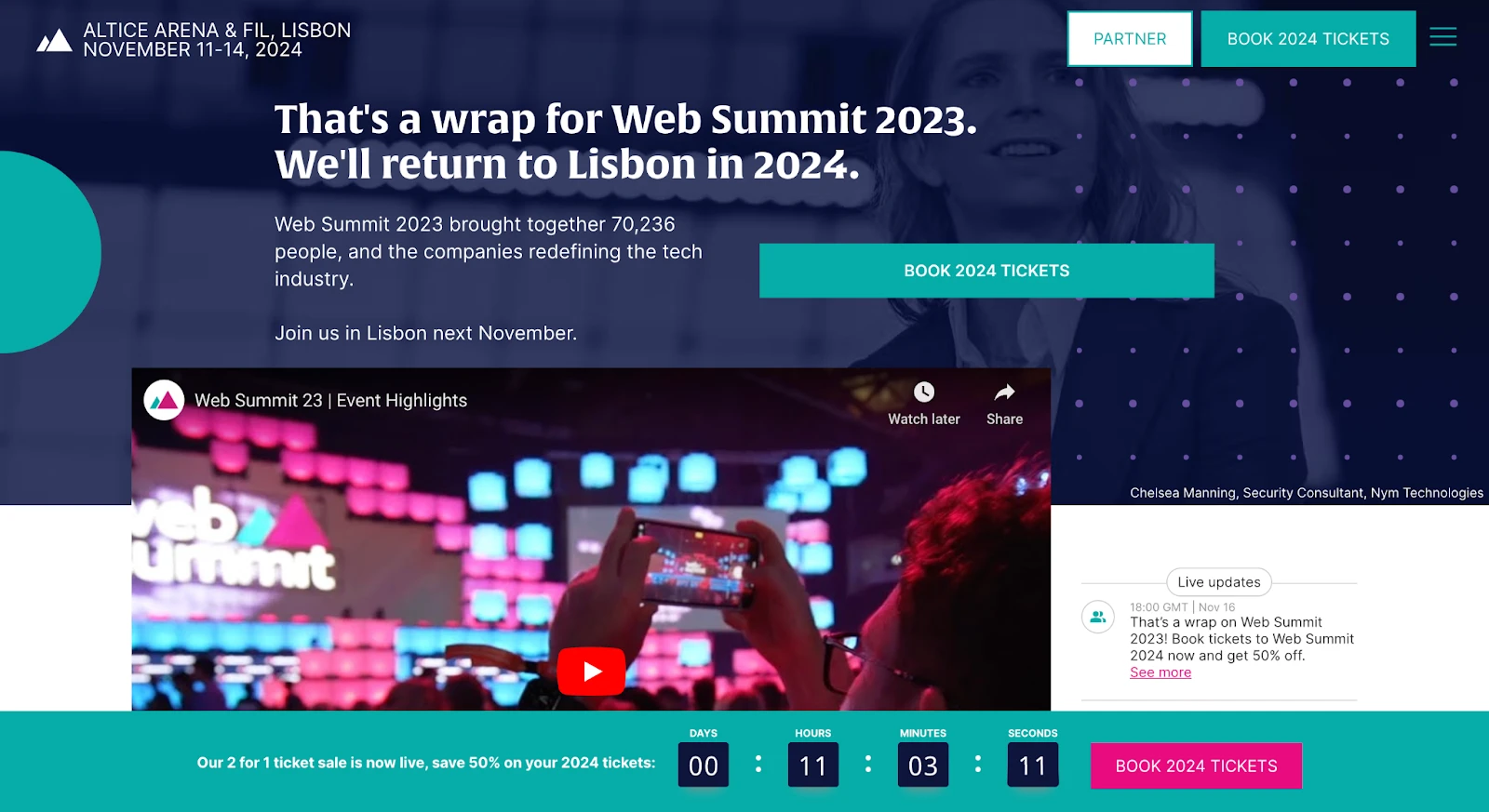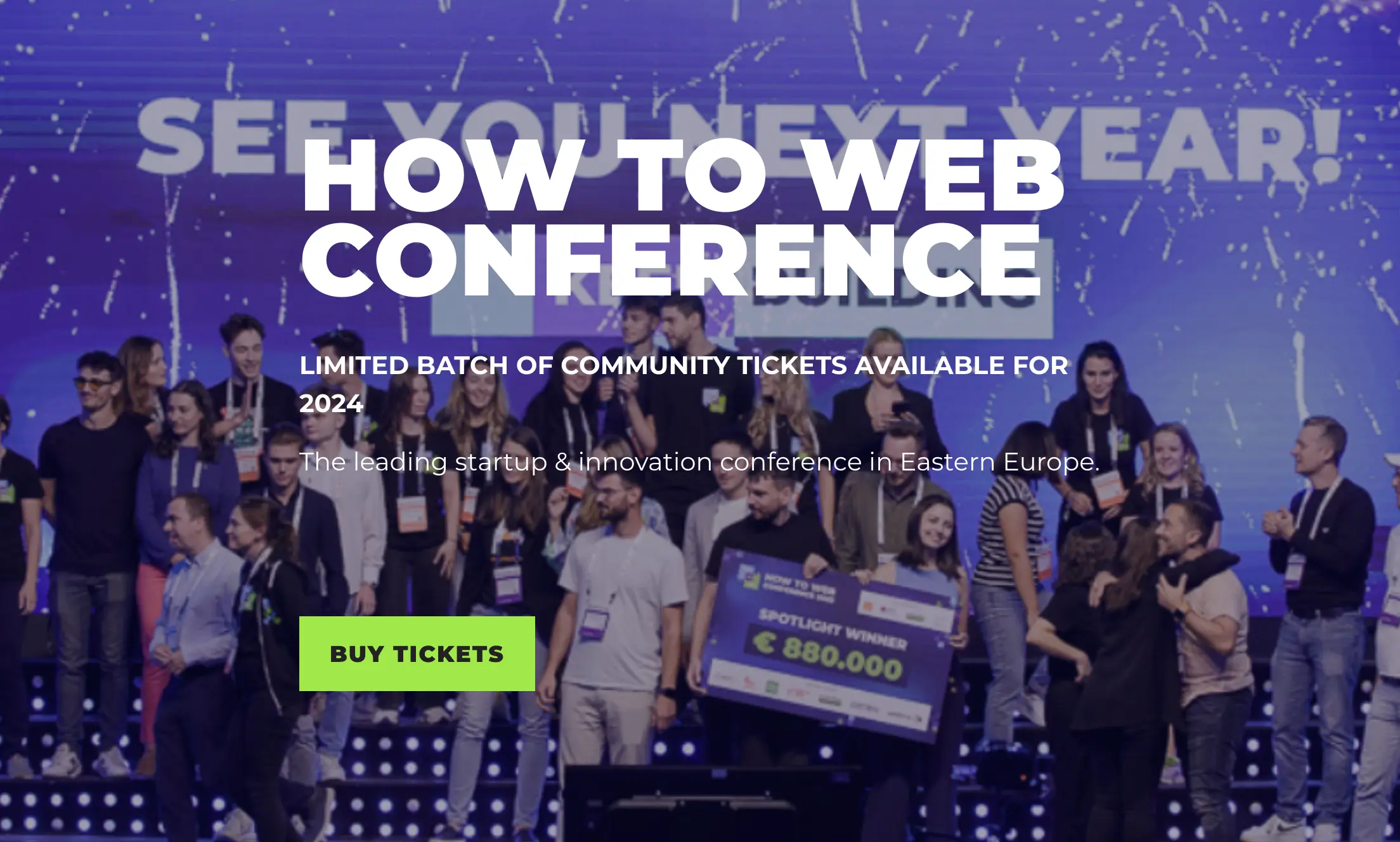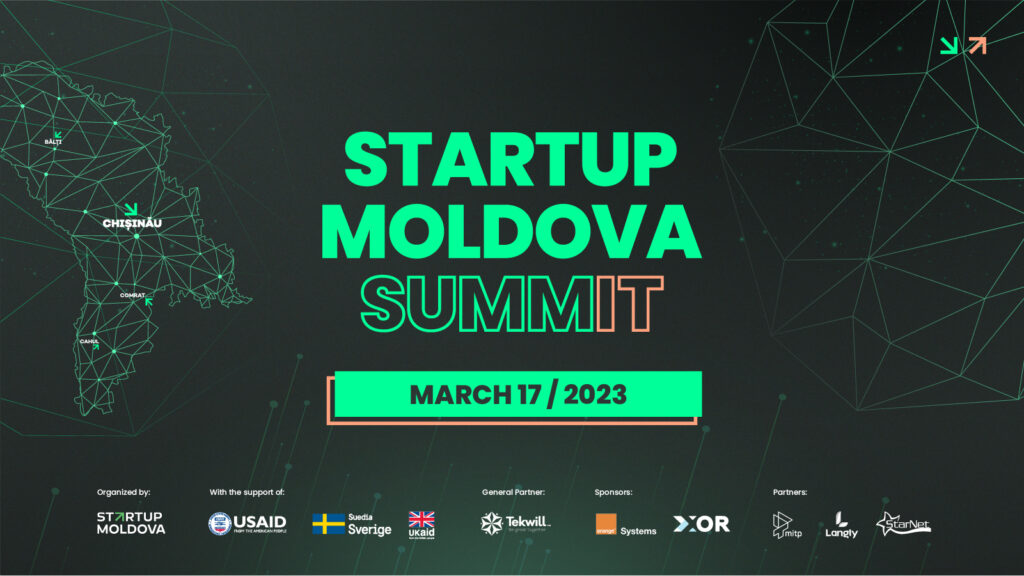International events for Startups
Yearly, there are more than 10k international events for startups organised worldwide. We have shortlisted the events which we recommend to Moldovan tech startups to analyse and consider attending. We took into account the regional relevancy and previous experience of attending these events. But we also advise each startup to do their homework and research deeper the events most relevant for their particular vertical, as those might be overlooked in this generic list.

Basic rules to nail international startup events
A short guidebook for startups
Starting from Startup Moldova Summit with 300+ offline participants and ending with large-crowd events such as Web Summit with over 70.000 participants, most international events lead to a constant fear of missing out and a feeling of being lost in the crowd if there is no clear agenda and purpose for participation.
We have gathered together a list of basic rules for founders to nail their participation at the international events for startups and maximise the outcome of their time spent in this marathon-like journeys.
10 things to do before attending an international event:
- Set your goal: start by making it clear to yourself, what are you going to the event for. The options are many: look for investors, partners, customers, mentors, or look for peers to bond and learn from, learn particular lessons or skills at some specific workshops, getting to know better your industry, learn how other startups present and sell themselves, etc. Ideally, set measurable targets.
- Download the event app: download the event app! All international events have apps allowing an easier navigation of the premises, agenda and attendees list. Do not overlook the apps, even if most of them do not have a smooth user experience they serve their purpose to mediate connections and boost networking.
- Register for must do side events: look through the event agenda and register for the workshops you want to attend. Many highly-ranked workshops will be fully booked days before the event. But try to minimise the time spent at workshops as a listener. For a founder, the international events are not so much about learning skills, as it is about enlarging your network. Moreover, most international events will have most workshops recorded and available online post-event.
- Study the attendees list: do your research on who is attending the event and is in your interest to meet. Most event apps which allow participants to filter attendees by country, profile, industry, type of activity. Explore those.
- Book 1:1 meetings: send invitation for meetings at least 2 days before the events.
- Get ready for those meetings: Do a background check of latest updates of the target people you are set to meet. Be up to date on what is publicly shared on them (e.g. latest investments for investors).
- Send LinkedIn connects: on top of invitations in the event app, send LinkedIn invitations to connect to the people you are interested to meet at the event. Have a look at what are they sharing and talking about.
- Prepare your elevator pitch. Have a couple lines of text prepared on introducing yourself and your startup. Have a clear understanding of what you are looking for. And communicate this directly. Try to be as concise as possible.
- Prepare to be easy to get connected with: Prepare your business cards or easy to scan QR codes for contacts exchange. Make a screenshot of your own LinkedIn page QR code (yes, LinkedIn does provide a QR code for each profile. Search for it in your LinkedIn).
- Share it with your network: announce it on your platforms that you will be attending a particular event and you are open to meet.
What are the basic does and dont during international events?
- Speed-date: main purpose of international events is not closing deals but enlarging your circle of connections. Do not stick for more than 20-30 min with one person. Even if you are very interested, your counterparty most probably is there to network with other people too.
- Be present: even though international events might seem like a marathon of meetings, do not run superficially from one meeting to another. Be a genuine listener and try to connect with each person you are interacting with.
- Stay hydrated and fed: international events require a lot of energy. Do not overlook your basic physical needs.
- Collect handouts: take those flyers and handouts. They might serve a purpose for you personally, but also you might want to share some of those later with your colleagues who might appreciate an insight.
- Take pictures and do selfies: many people are visual and will remember you much better if they see themselves on a picture with you.
- Do not overlook after-parties: the legend has it that the more informal is the environment you meet a person in, the more genuine might be the connection made.
The work does not end when the event ends. How to follow up?
- Send LinkedIn connects: send LinkedIn invitations to all new people you met at the international events.
- Write individual messages: do write individual messages to people met at the event and elaborate on the ideas of potential collaboration that could be explored.
- Make an assessment: make an assessment of how the event went compared to your expectations.
- Learn the lessons: draw some conclusions on what you could do better next time.


